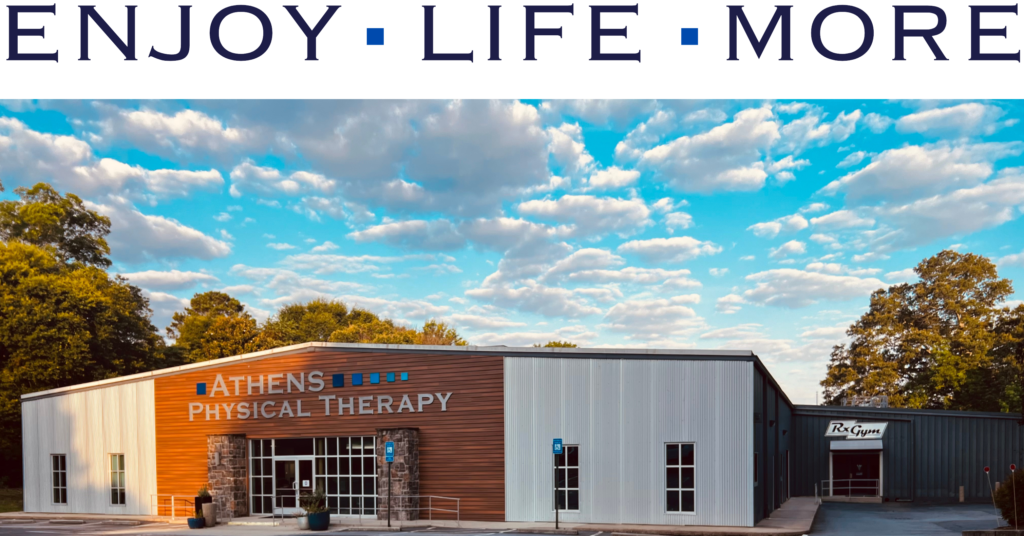The Schroth method is a three-dimensional approach to treating scoliosis and other postural abnormalities including hyperkyphosis (an overly curved upper back most often seen in women) and inverted/flat back. Therapists must obtain certification/specific training in order to treat patients using this method.
What is scoliosis? The current definition is that it is a complex three-dimensional deformity of the spine and trunk which appears in healthy children and can progress in relation to multiple factors during any rapid period of growth, or later in life. The cause is not fully understood. This treatment can not only be effective for children but also adults who have developed pain and worsening posture over time. The treating Physician may opt for an orthotic plan of approach. A spinal orthosis is commonly referred to as a brace. Patients that wear a brace should continue to wear it as prescribed and can consider this physical therapy as an excellent adjunct treatment.
The goals of the Schroth method of treatment are:
- Stop progression of the curve
- Improvement of self image
- Improvement of general health
- Assist with functional limitations
- Control pain
What can patients expect?
The therapist will perform an evaluation which will include obtaining the patient’s history, onset of symptoms, pain, treatments, and limitations. Xrays will be analyzed if obtained and are valued by the treating therapist. The therapist will assess posture, strength, and mobility. Treatment includes educating the patient on postural corrections, breathing mechanisms, muscle activation, and integration of corrected postures into activities of daily living while maintaining a stable spine. Treatment is specific to each individual’s curve pattern. Equipment used in sessions may include (but is not limited to) wall bars and belts to assist with stretches, yoga blocks and various pads or wedges, and mirrors to provide visual feedback to the patient. Patients will be provided with exercises to perform at home and will need to be performed consistently throughout the course of treatment as well as following discharge to achieve the best outcome.
For more information or support, patients can visit:
www.schroth-barcelonainstitute.com
www.schrothmethod.com
www.curvygirlsscoliosis.com
Articles recommended by the Schroth Barcelona Institute regarding research on the Schroth method:
Otman S., Nezire K, and Yavux Y. The effectiveness of Schroth 3-dimensional therapy in the treatment of adolescent idiopathic scoliosis. Saudi Med J, 2005; 26 (9): 1429-1435.
Negrini et al. 2011 SOSORT guidelines: Orthopaedic and Rehabilitation Treatment of Idiopathic scoliosis during growth. Scoliosis, 2012;7:3
Weiss, HR and Chedron, J: the impact of Schroth’s rehabilitation program on the self concept of patients with scoliosis. Rehabilitation. 1994; 33:31-34.
Berdishevsky H., Lebel, V., Josette Bettany-Saltikov, J., Rigo, M., Lebel, A., Hennes, A., Romano, M., Bialek, M., M’hango, A., Betts, T., Jan Claude de Mauroy, JC., Durmala, J. Physiotherapy scoliosis-specific exercises – a comprehensive review of seven major schools. Scoliosis and Spinal Disorders, 2016; 11: (20).


